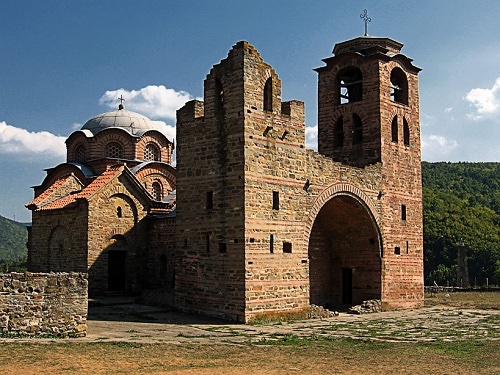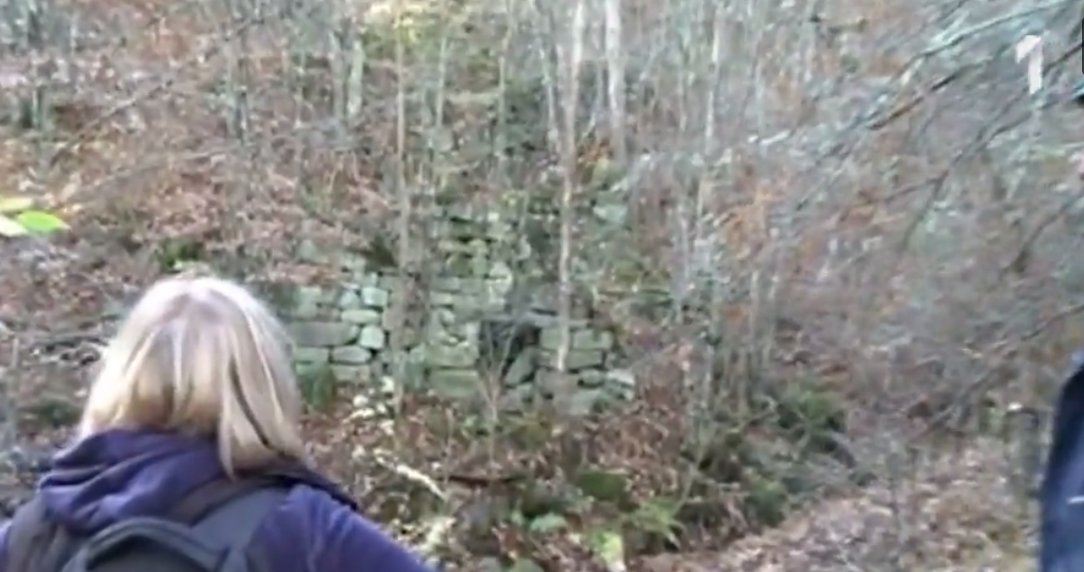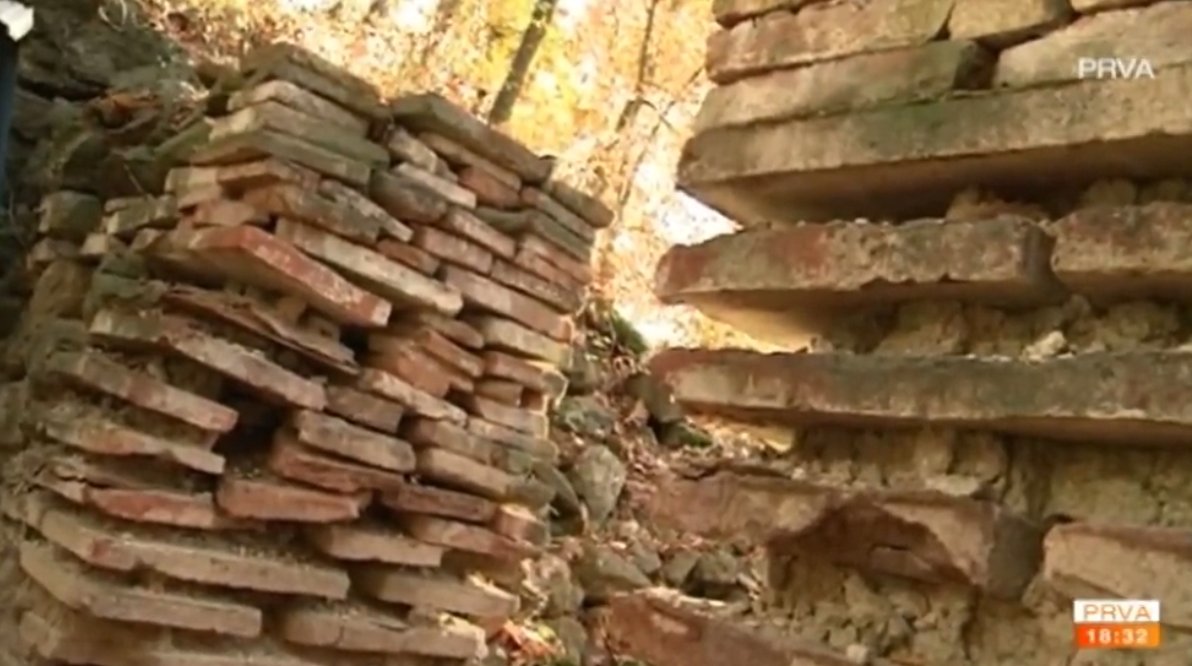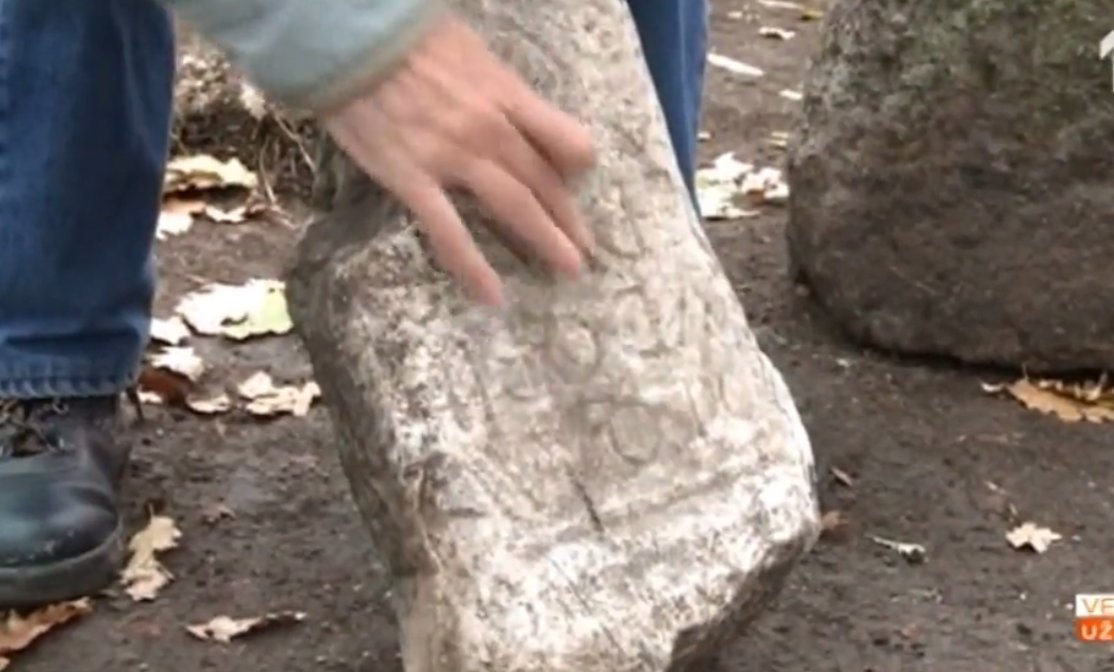Thread: Kuršumlija is a town and municipality located in the Toplica District of the southern Serbia. It is situated between Mt Kopaonik and Mt Radan. Outside of Serbia it is most famous for this natural rock formation, locally known as Đavolja Varoš (Devil& #39;s city)...
Grand Prince of Serbia, Stefan Nemanja, established his first capital, Bele Crkve, near the location of today& #39;s Kuršumlija in 1166–1172. His wife, Grand Princess Anastasia (Ana), died and was buried here as a nun, St. Anastasia Nemanjic...
Kuršumlija is where Stefan Nemanja built his first monasteries. This is the Monastery of the Most Holy Mother of God, currently in ruins, which was built by then Serbian Grand Prince Stefan Nemanja sometime between 1159 and 1168.
This is another monastery built by then Serbian Grand Prince Stefan Nemanja sometime between 1159 and 1168. This is the Monastery of St. Nicholas...
The area of Kuršumlija was densely populated during Roman, Byzantine and Medieval Serbian times. But after the Great Serb Migrations of 1690 the area was depopulated, towns villages, monasteries were left empty and eventually a lot of them were swallowed by nature and forgotten
Just how densely this area was populated can be seen that only during the archaeological survey done during 2017, 250 archaeological localities from Roman, Byzantine and Medieval time were discovered. In the area which is this small (Kuršumlija in red)
According to archaeologists, 11 lost fortified cities were discovered in the mountains covered in thick forests...
Stones with Roman and Medieval inscriptions and decorations were also found lying in bushes next to ruined objects...
It was the local villagers who alerted the archaeologists to the existence of these ruins. According to them a lot more stones lied around in the past...
Unfortunately it is unlikely that Serbia will be able to find financial and human resources to excavate any of these objects, considering that thousands of archaeological sites have been discovered in Serbia over past several years, dating from Early Neolithic to Medieval time...

 Read on Twitter
Read on Twitter











